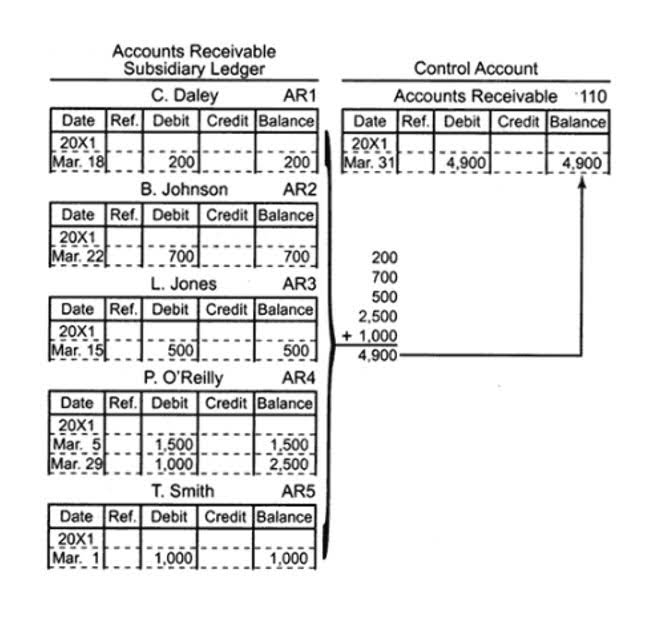
While the materials and labour are determined from the production budget, only the variable overhead can be determined from the production budget. Existing information regarding fixed manufacturing costs are combined with variable manufacturing costs to determine the manufacturing overhead budget. The information from the sales budget is used to determine the sales and administrative budget. Finally, the sales, direct materials, direct labour, fixed manufacturing overhead budget, and sales and administrative budgets are used to develop a pro-forma income statement. ABC Manufacturing Company is preparing its master budget for the next fiscal year. These budgets have been combined into the master budget and reviewed by senior management.
The projected balance sheet, or
financial budget, depends on many items in the projected income
statement. Thus, the logical starting point in preparing a master
budget is the projected income statement, or planned operating
budget. A master budget consists of a projected income statement (planned operating budget) and a projected balance sheet (financial budget) showing the organization’s objectives and proposed ways of attaining them. In diagram below, we depict a flowchart of the financial planning process that you can use as an overview of the elements in a master budget.
What Are Some Common Mistakes Businesses Make When Creating a Master Budget?
There are various strategies companies use in adjusting the budget amounts and planning for the future. For example, budgets can be derived from a top-down approach or from a bottom-up approach. (Figure) shows the general difference between the top-down approach and the bottom-up approach. The goals, assumptions, and predicted revenue and expenses information are passed from the senior manager to middle managers, who further pass the information downward.

Cloud-based software can be accessed via the Internet, making it easier for businesses to collaborate and share financial data. These tools also provide real-time updates, reducing the risk of errors and ensuring accuracy. Regularly reviewing and adjusting the master budget can help businesses optimize resource allocation. By identifying areas where they may be overspending or underspending, businesses can reallocate resources to areas that need more support. Businesses must determine when to start preparing the master budget and how often to update it to ensure it is accurate and reliable.
Chapter 7: Budgeting
The first step in aligning the master budget with strategic goals is to set clear, measurable objectives. These objectives should be specific, achievable, and aligned with the company’s vision and mission. Once the goals are established, the master budget can be developed to support them. By regularly reviewing and updating the master budget, businesses can make informed decisions about their operations. They can change their spending and investment plans to remain financially stable, allowing them to react quickly to unforeseen events.
- A master budget contains budgets of departments within the organization and projections that allow for management to plan for the upcoming year.
- A master budget is a series of smaller budgets that are rolled up into one larger budget to provide a more comprehensive view of your business.
- Confidentiality ensures that businesses protect stakeholders’ privacy and maintain their trust.
- The first schedule to develop is the sales budget, which is based on the sales forecast.
- Ideally, businesses should start preparing their master budget at least three months before the start of the fiscal year.
Creating a master budget is a complex process requiring a skilled professional team. Third, they must have excellent communication skills to work with other departments and stakeholders. Another benefit of a master budget is that it helps businesses manage their cash flow effectively. By projecting their cash inflows and outflows, businesses can determine when they may experience cash shortages or surpluses.
Inaccurate Sales Projections
We emphasize the master budget because of its prime importance to financial planning and control in a business entity. In the diagram below, we depict a flowchart of the financial planning process that you can use as an overview of the elements in a master a master budget consists of budget. The remainder of this section describes how a company prepares the operating budget portion of the master budget. We emphasize the operating budget because of its prime importance to financial planning and control in a business entity.
- Annual updates are suitable for small businesses with a simple financial planning cycle, such as those with one product or service.
- Cloud-based software can be accessed via the Internet, making it easier for businesses to collaborate and share financial data.
- This can occur when businesses base their revenue projections on unrealistic assumptions, such as assuming that sales will grow exponentially without considering market conditions or competitors.
- Keep in mind that both quantity and price estimates for the future depend on the company’s strategy and objectives.
- That outlines the steps required to achieve the strategic goals that should be developed.
